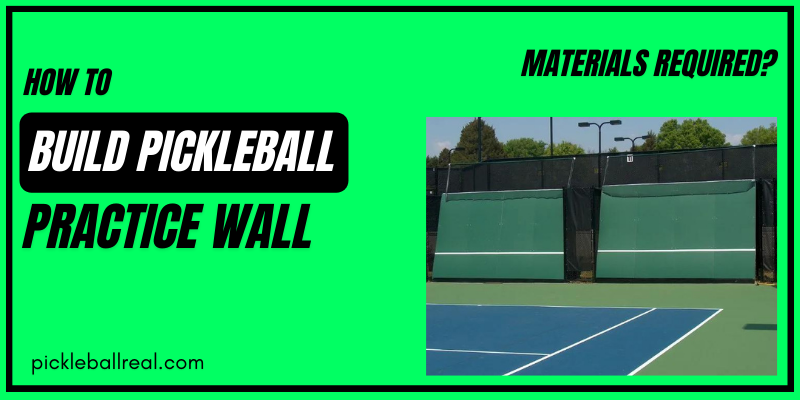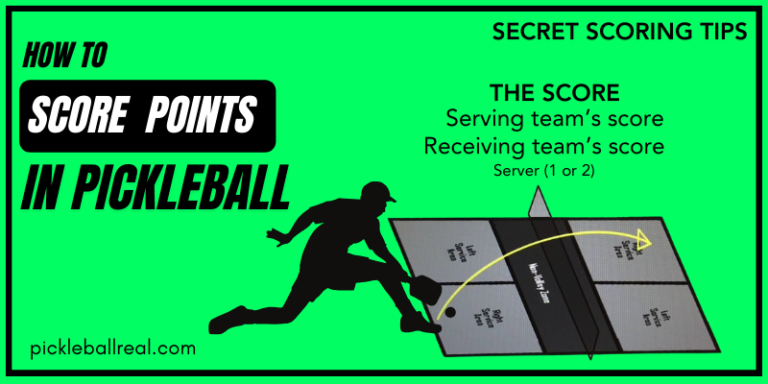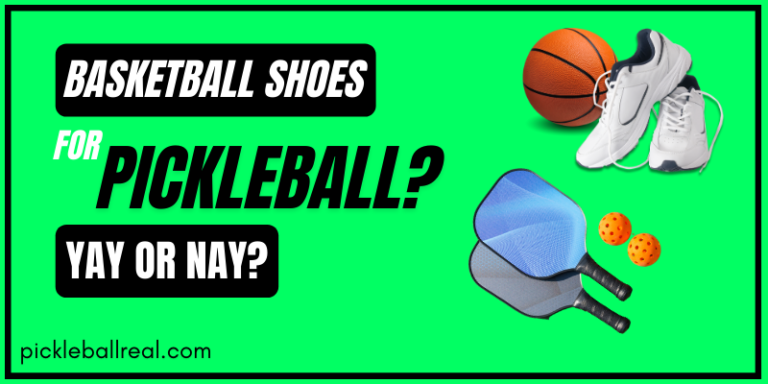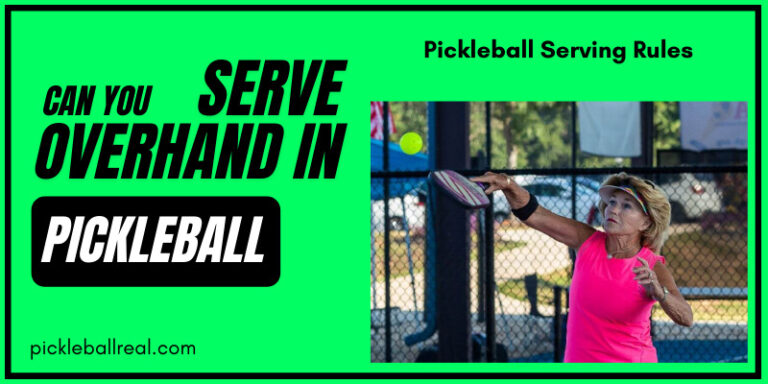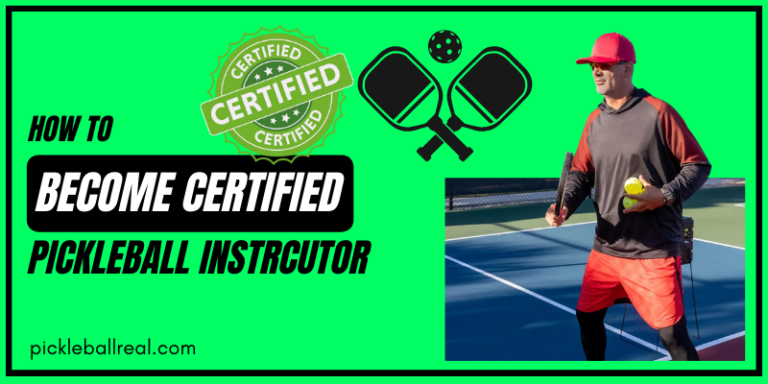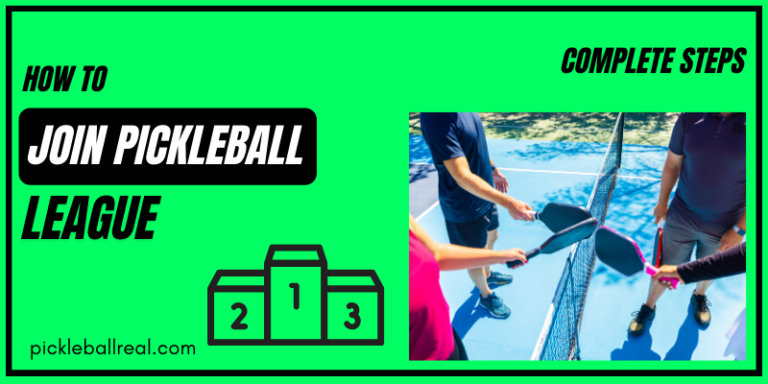How To Make A Pickleball Practice Wall – Material and Steps
I understand the frustration that many pickleball players face when searching for effective ways to improve their game. Often, the lack of accessible training facilities and dedicated practice spaces can hinder skill development.
To make a pickleball practice wall, you can use materials like plywood, cinder blocks, or concrete, and follow simple construction steps to create a flat, sturdy surface. Consider adding target lines and using a smooth, durable paint for better visibility. Position the wall in a spacious area, ensuring ample room for practice and movement.
Well we will discuss how to make a pickleball practice wall, presents an efficient and practical solution to elevate your gameplay without the need for extensive resources or specialized equipment.
Materials Needed for Building a Pickleball Practice Wall
Materials Needed for Building a Pickleball Practice Wall:
- Sturdy plywood or concrete blocks for the main structure of the wall.
- Assortment of appropriate screws or nails for secure assembly.
- Weatherproof paint or sealant for protection against the elements.
- Brackets or hardware for attaching additional features like target zones or rebound boards.
- Safety gear including goggles and gloves for protection during construction.
- Level tool for ensuring the wall is built straight and even.
By gathering these materials in advance, you’ll be fully equipped to embark on your pickleball practice wall project, creating a convenient practice space right in your own backyard!
How To Make A Pickleball Practice Wall – Step by Step
If you’re ready to enhance your pickleball skills, a practice wall can be a fun and effective solution. Building one is simpler than you might think.
Here’s a step-by-step guide to create your pickleball practice wall and take your game to the next level.
Gathering the Materials:
Begin by collecting sturdy materials like plywood or high-density polyethylene (HDPE) for the backboard, ensuring it can withstand pickleball impact.
Selecting the Location:
Choose a spacious area without obstructions, allowing comfortable practice and gameplay.
Mounting the Backboard:
Securely attach the backboard to an existing fence or freestanding structure using durable brackets or screws.
Marking the Playing Area:
Define boundaries on each side of the backboard for visual reference and targeted practice.
Adding Targets and Lines:
Enhance the challenge by painting or taping targets or lines on the backboard to refine your aim and precision.
Ensuring Safety:
Regularly inspect and maintain the practice wall to prevent any safety hazards during play.
With these simple steps, you can create your pickleball practice wall at home, fostering an environment for perfecting your shots and elevating your pickleball skills. Get ready to enjoy an improved game experience right in your own backyard!
Benefits of Having a Practice Wall
A practice wall can significantly enhance a pickleball player’s skills and overall game. Regardless of your experience level, having a dedicated space for practicing shots offers several benefits.
Improving Technique and Consistency:
- Hitting against the wall allows focused work on form and stroke mechanics, aiding muscle memory development.
Convenience and Accessibility:
- A practice wall at home provides round-the-clock access for skill enhancement, eliminating the need for a playing partner or court availability.
Enhancing Footwork and Agility:
- Rebounding balls challenge movement and reflexes, directly impacting on-court agility during gameplay.
Building Shot Consistency and Control:
- Regular practice against the wall improves shot placement and control, leading to increased confidence during competitive play.
Solo Drill Opportunities for Targeted Improvement:
- Solo drills focusing on specific aspects like serves, returns, and volleys isolate weaker areas for skill development.
In conclusion, a pickleball practice wall offers various advantages, including refined technique, accessibility, improved agility, enhanced shot control, and targeted skill development. It’s a valuable asset for any player committed to continuous growth and advancement in their game.
Tips for Maintenance and Longevity of the Wall
Regular Check-Ups:
Periodically inspect your pickleball practice wall for any wear and tear, such as cracks, loose parts, or structural issues.
Keep It Clean:
Clean the wall by brushing off dirt, debris, and moss with a soft brush or sponge. For stubborn stains, use a mild detergent and water. Apply a protective sealant to prevent fading and extend its lifespan.
Weather-Ready:
Use weather-resistant materials during construction and consider using a cover or tarp during extreme weather conditions to shield your practice wall.
Timely Repairs:
Address damages like cracks and loose panels promptly to prevent further deterioration. Regularly tighten loose bolts and screws.
Proper Storage:
Store portable net systems away from direct sunlight and moisture when not in use to maintain their quality.
Avoid Excessive Force:
While pickleball walls are built for strong shots, avoid excessive force that could damage or weaken the structure prematurely.
By following these maintenance guidelines, you can ensure your pickleball practice wall remains in excellent condition for years to come!
Conclusion
By following the step-by-step guide to build your own pickleball practice wall, you can create a convenient and accessible space to refine your skills and elevate your gameplay. With the right materials and careful construction, you’ll be well on your way to enjoying the benefits of a personalized practice wall right at home.
Regular maintenance and upkeep will further ensure its longevity, allowing you to continue honing your pickleball techniques for years to come. So, get ready to embrace the opportunity for consistent and effective practice, and watch your game soar to new heights!
FAQs
How do you drill pickleballs at home?
You can practice pickleball drills at home by focusing on specific shots, footwork, and technique, utilizing a practice wall, or setting up a makeshift court in a suitable area.
Can you practice pickleball on a backboard?
Yes, practicing pickleball against a backboard can help improve your skills and consistency, allowing for solo drills and targeted shot practice.
Is pickleball harder on your knees than tennis?
Pickleball is generally considered less stressful on the knees compared to tennis due to its slower pace and a smaller court size, which reduces the amount of lateral movement and impact on the joints.
Is it legal to put spin on in pickleball?
Yes, it is legal to put spin on the ball in pickleball, which can add variety and unpredictability to your shots, making them more challenging for your opponents to return.
What is an illegal serve in pickleball?
An illegal serve in pickleball includes stepping into or on the baseline during the serve, failing to make a proper underhand serve, or striking the ball above the waist level.

